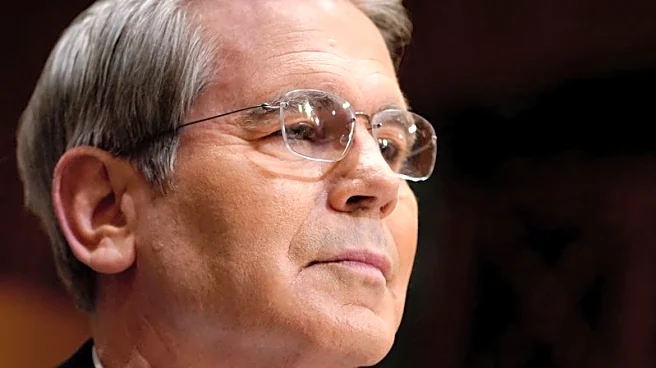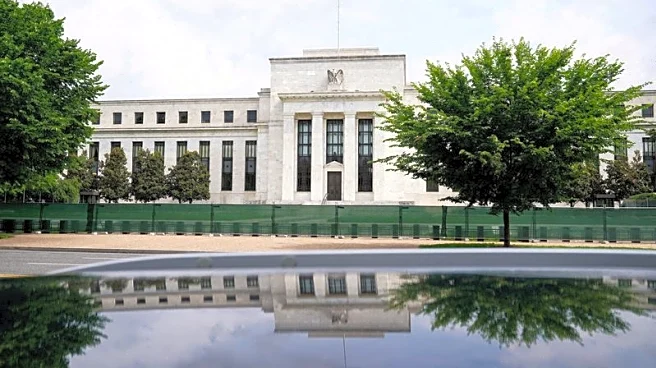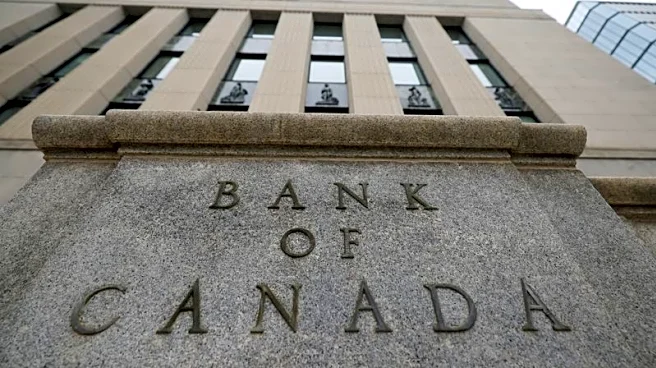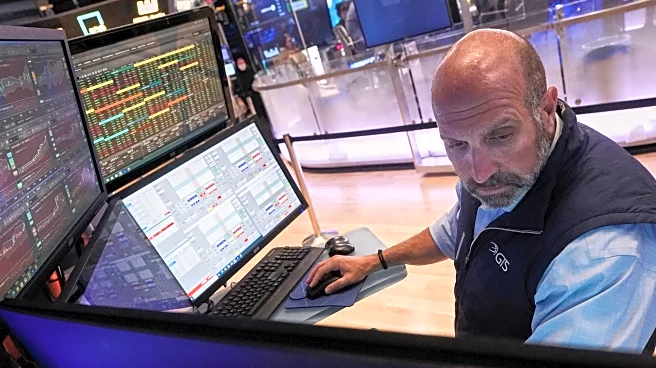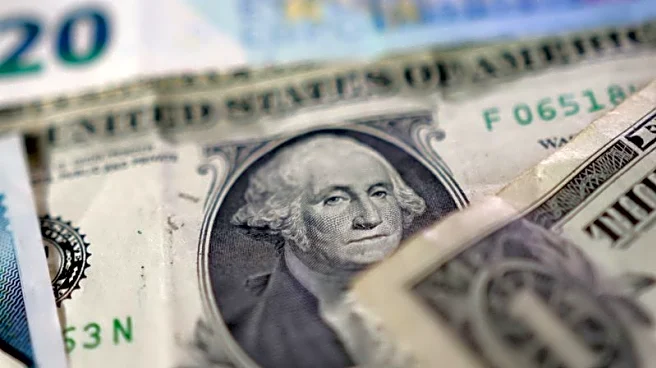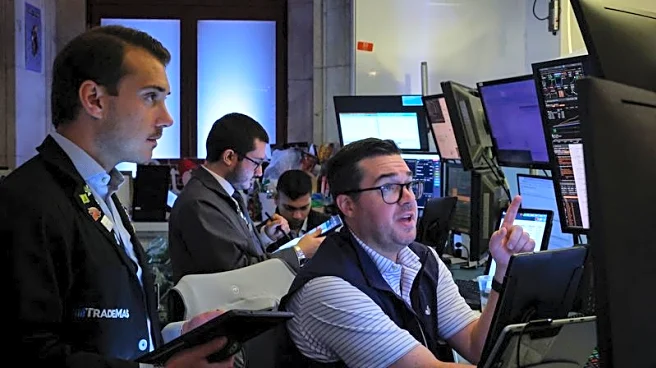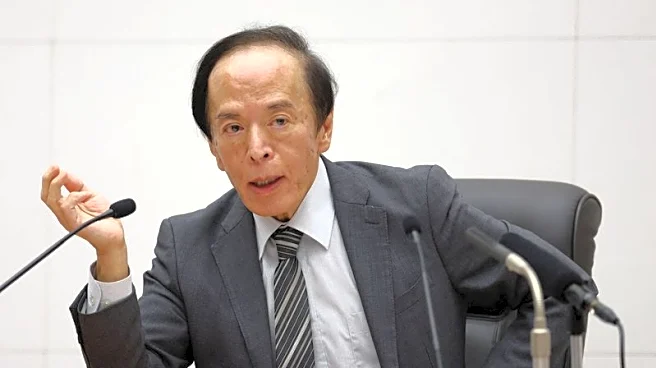By Makiko Yamazaki and Kantaro Komiya
TOKYO (Reuters) - Japan's economy expanded an annualised 1.0% in the April-June quarter, government data showed on Friday, beating forecasts, though analysts expect the full hit to growth from U.S. tariffs will not be seen until future releases.
Resilient exports and capital expenditure underpinned the growth in the second quarter, likely supporting the case for the Bank of Japan to resume hiking interest rates and normalise monetary policy.
But economists warn
that global economic uncertainties fuelled by U.S. tariffs could weigh on the world's fourth-largest economy in the coming months.
The increase in GDP compared with median market expectations for a 0.4% gain in a Reuters poll and followed a revised 0.6% rise in the previous quarter.
The reading translates into a quarterly rise of 0.3%, better than the median estimate of a 0.1% uptick.
Private consumption, which accounts for more than half of economic output, rose 0.2%, compared with a market estimate of a 0.1% increase. It grew at the same pace as the previous quarter.
Consumption and wage trends are key factors the BOJ is watching to gauge economic strength and determine the timing of its next interest rate action.
Capital spending, a key driver of domestic demand, rose 1.3% in the second quarter, versus a rise of 0.5% in the Reuters poll.
Net external demand, or exports minus imports, contributed 0.3 of a point to growth, versus an 0.8 point negative contribution in the January-March period.
The government last week cut its inflation-adjusted growth forecast for this fiscal year to 0.7% from the initially projected 1.2%, predicting U.S. tariffs would slow capital expenditure while persistent inflation weighs on consumption.
Exports have so far avoided a major hit from U.S. tariffs as Japanese automakers, the country's biggest exporters, have mostly absorbed additional tariff costs by cutting prices in a bid to keep domestic plants running.
However, economists expect exports will suffer in the coming months as they start passing on costs to U.S. customers.
(Reporting by Makiko Yamazaki and Kantaro Komiya; Editing by Sam Holmes)


